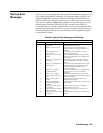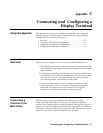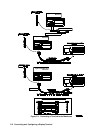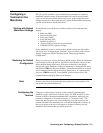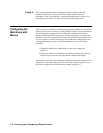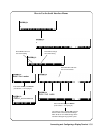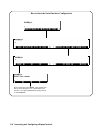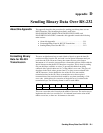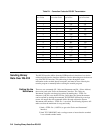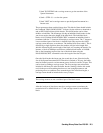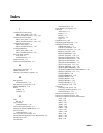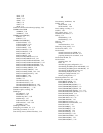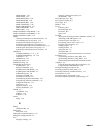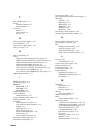
Appendix D
Sending Binary Data Over RS-232
About this Appendix This appendix describes the procedure for sending pure binary data over an
RS-232 interface. The formatting described is used in the
DIAG:DOWN:CHEC:MADD, DIAG:DOWN:CHEC:SADD, and
DIAG:DRIV:LOAD:CHEC commands. this appendix contains the following
main sections.
• About this Appendix . . . . . . . . . . . . . . . . . . . . . . . . . . . . . . . . . . D-1
• Formatting Binary Data for RS-232 Transmission. . . . . . . . . . D-1
• Sending Binary Data Over RS-232. . . . . . . . . . . . . . . . . . . . . . . D-2
1
Formatting Binary
Data for RS-232
Transmission
The most straightforward way to send a block of data is to open the data file,
read the next byte from the file, and send it to the System Instrument until you
reach the end of file. However, binary data cannot be sent to the System
Instrument as is. It must be converted into a format that will not conflict with the
special characters that the RS-232 interface recognizes. This is done by sending
only one half byte (a nibble) at a time. To prevent this nibble from being
confused with a special character, bit 7 of the nibble is set to one. This gives all
data bytes in the block values greater than 127 so they are not confused with
ASCII characters. It also doubles the size of the file to be sent and the
transmission time for the file. Since a transmission error that required
retransmission of the entire data block would be very time consuming, a 3-bit
error code (which allows for correction of single bit errors) is added to the
transmission byte. The following format is sent for each nibble:
Bit # 76543210
1 Correction Code Data
The error correction code is based on the nibble of data sent. The easiest way to
implement this code is to use table D-1. It is indexed based on the value of the
nibble to send out, so there are 16 elements to the table.
Sending Binary Data Over RS-232 D-1



